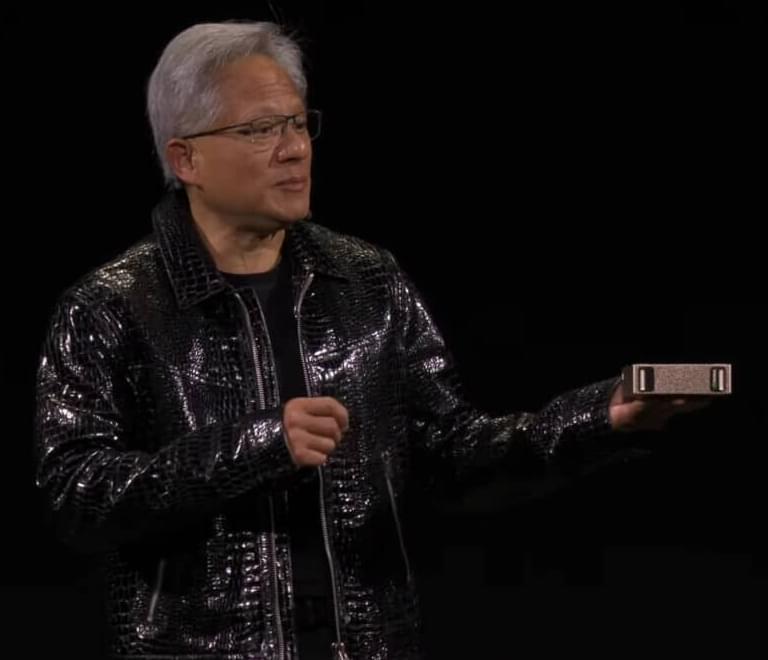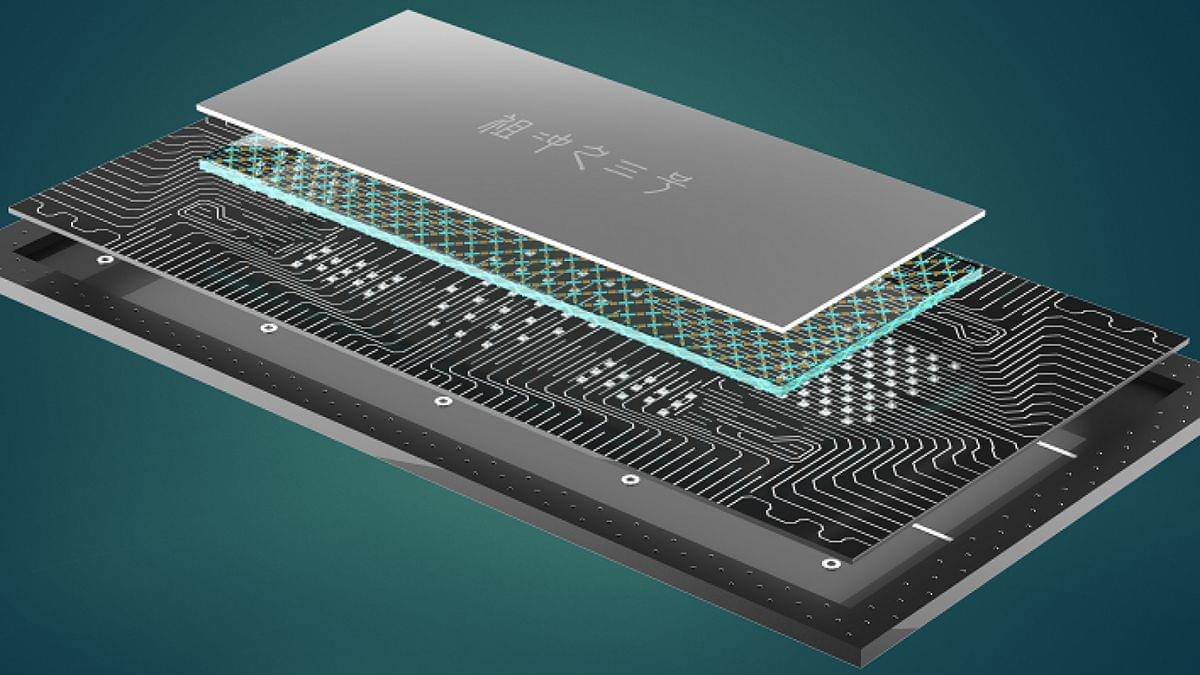In this episode, Peter answers the hardest questions about AI, Longevity, and our future at an event in El Salvador (Padres y Hijos).
Recorded on February 2025
Views are my own thoughts; not Financial, Medical, or Legal Advice.
Chapters.
00:00 — Navigating Confusion in Leadership and Purpose.
02:00 — The Evolution of Work and Purpose.
03:50 — AI’s Role in Information Credibility.
07:17 — Sustainability and Technology’s Impact on Nature.
09:26 — Building a Future with AI and Longevity.
11:40 — The Economics of Longevity and Accessibility.
15:15 — Reimagining Education for the Future.
19:23 — Overcoming Human Obstacles to Progress.
I send weekly emails with the latest insights and trends on today’s and tomorrow’s exponential technologies. Stay ahead of the curve, and sign up now: https://www.diamandis.com/subscribe.
Connect with Peter:



